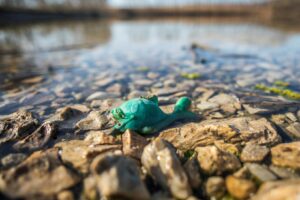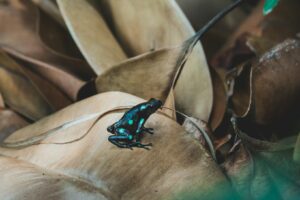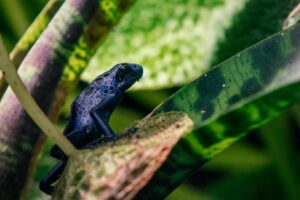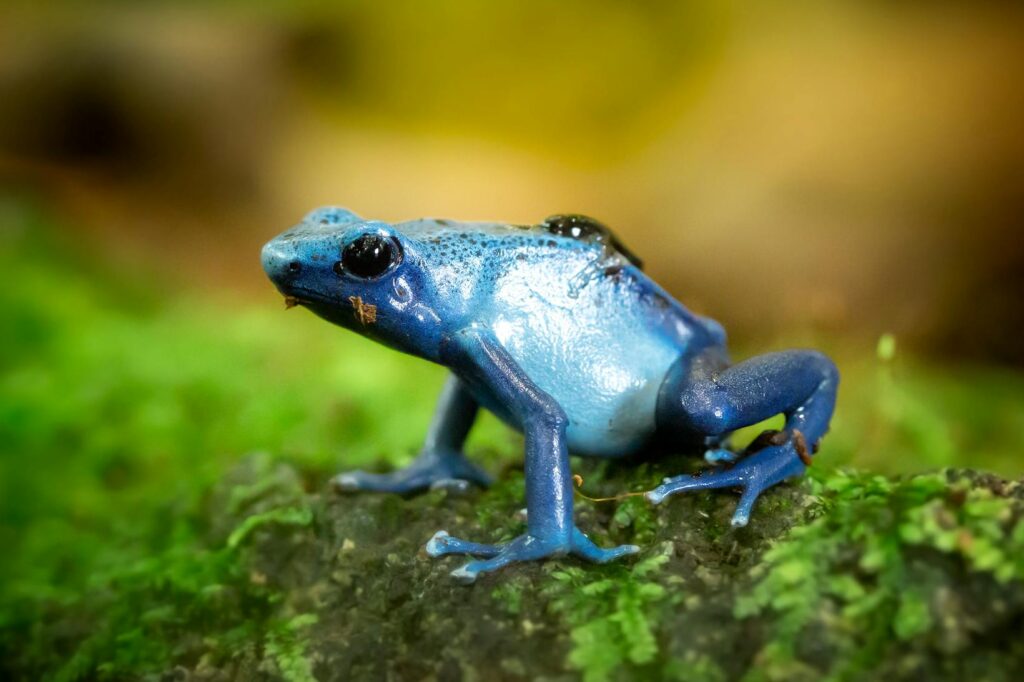In the enchanting world of aquatic creatures, the blue f2ex6zckshs axolotl stands out with its striking hue and fascinating characteristics. Known for their unique ability to regenerate limbs, these captivating amphibians have piqued the curiosity of scientists and enthusiasts alike. Their vibrant blue coloration, a rare and mesmerizing feature, adds to their allure, making them a sought-after subject in both scientific research and the exotic pet trade.
Originating from the ancient lake systems of Mexico, axolotls have adapted to life underwater, thriving in environments that would challenge most amphibians. The blue f2ex6zckshs variant, in particular, showcases nature’s ability to surprise and inspire with its stunning appearance. As more people discover the wonders of these remarkable creatures, they not only contribute to our understanding of evolutionary biology but also highlight the importance of this topic and conservation efforts to protect their dwindling natural habitats.
Blue:f2ex6zckshs= axolotl
 The blue f2ex6zckshs axolotl captivates with its vibrant hues and unique biological traits. This amphibian, native to Mexico, exhibits a rare blue coloration due to genetic mutations affecting pigmentation. Unlike typical axolotls, the blue variant’s skin pigmentation process results in vivid, eye-catching colors.
The blue f2ex6zckshs axolotl captivates with its vibrant hues and unique biological traits. This amphibian, native to Mexico, exhibits a rare blue coloration due to genetic mutations affecting pigmentation. Unlike typical axolotls, the blue variant’s skin pigmentation process results in vivid, eye-catching colors.
Considered a marvel in scientific circles, this particular axolotl showcases its ability to regenerate not only limbs but also parts of the spinal cord and heart. Such regenerative capabilities make it a valuable subject for research in developmental biology and regenerative medicine, expanding understanding of cellular processes that could benefit human medicine.
In their natural habitat, blue f2ex6zckshs axolotls face threats from urbanization, pollution, and predatory species introduced into their ecosystems. Conservation efforts positively impact their survival, focusing on habitat restoration, captive breeding programs, and legislation protecting their living environments. These initiatives are crucial in preserving this fascinating species for future generations.
Appearance and Characteristics
The blue f2ex6zckshs axolotl captivates with its unique appearance and exceptional traits. Its striking features set it apart among amphibians.
The blue f2ex6zckshs axolotl’s color results from genetic mutations affecting pigmentation. This striking blue hue differentiates it from typical axolotls, which usually exhibit gray or brown tones. These mutations lead to an absence of the xanthophore pigment, causing the characteristic blue coloration. Its vibrant shade makes it especially appealing to both researchers and pet enthusiasts, drawing attention for its distinctiveness and rarity.
The blue f2ex6zckshs axolotl is distinguished by its unique body structure. It retains larval features throughout adult life, displaying a flat body, wide head, and feathery external gills. Measuring 6 to 18 inches in length, it has a dorsal fin extending from head to tail. Its limbs are short with elongated digits, aiding mobility in aquatic environments. Their lidless eyes and broad mouth are adaptations for underwater living, enhancing their enigmatic appearance.
Habitat and Behavior
The blue f2ex6zckshs axolotl’s existence is closely tied to its unique environment and behavioral patterns, essential for understanding its survival needs.
 The blue f2ex6zckshs axolotl inhabits the remnants of Mexico’s ancient lake systems, primarily within the Xochimilco region. These waters, characterized by low currents and abundant vegetation, provide an ideal environment for supporting their delicate skin and external gills. They’ve adapted to a life spent entirely underwater, leveraging the native aquatic flora for camouflage and shelter, crucial for evading predators and finding food in a diminishing habitat.
The blue f2ex6zckshs axolotl inhabits the remnants of Mexico’s ancient lake systems, primarily within the Xochimilco region. These waters, characterized by low currents and abundant vegetation, provide an ideal environment for supporting their delicate skin and external gills. They’ve adapted to a life spent entirely underwater, leveraging the native aquatic flora for camouflage and shelter, crucial for evading predators and finding food in a diminishing habitat.
Axolotls, including the blue f2ex6zckshs variant, exhibit nocturnal behavior, being primarily active during nighttime. Their diet includes small aquatic creatures like worms and insects, reflecting their opportunistic feeding habits. Their regenerative capabilities are not just physical attributes but also part of their survival strategy, allowing them to recover from injuries that would incapacitate other species. Socially, they display solitary tendencies, except during breeding seasons when they interact more frequently.
The blue f2ex6zckshs axolotl stands as a remarkable testament to nature’s wonders with its unique coloration and extraordinary regenerative abilities. Its presence in both scientific research and the exotic pet trade underscores its significance and appeal. As urbanization and environmental threats loom, conservation efforts become increasingly vital to protect this enchanting species. Whether as a subject of scientific inquiry or a cherished pet, the blue axolotl continues to captivate and inspire, urging a collective responsibility toward its preservation and care.
